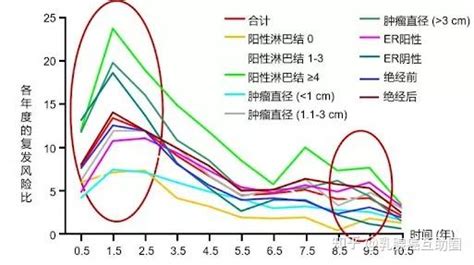非保险转移的三种方式
Title: Understanding NonInsurance Transfer Probability in Risk Management
Introduction:
Noninsurance transfer probability plays a critical role in risk management strategies, especially for businesses aiming to mitigate various risks effectively. This article delves into the concept of noninsurance transfer probability, its significance, and offers guidance on how businesses can navigate this aspect of risk management.
Understanding NonInsurance Transfer Probability:
Noninsurance transfer probability refers to the likelihood of risks being transferred to parties other than insurance companies. While insurance is a common method of risk transfer, not all risks can be or should be insured. Noninsurance transfer methods include contractual agreements, hedging, outsourcing, and other financial arrangements.
Significance:
Recognizing noninsurance transfer probability is crucial because:

- It allows businesses to diversify risk management strategies beyond traditional insurance.
- It helps in identifying alternative risk transfer mechanisms that might be more costeffective or suitable for specific risks.
- It enables businesses to assess the overall risk exposure accurately.
Factors Influencing NonInsurance Transfer Probability:
Several factors affect the probability of successfully transferring risks through noninsurance methods:
- Contractual Terms: The clarity and enforceability of contractual agreements play a significant role.
- Market Conditions: Economic conditions and market volatility can impact the availability and costeffectiveness of noninsurance transfer mechanisms.
- Counterparty Risk: Assessing the reliability and financial stability of the parties involved is essential.
- Regulatory Environment: Legal and regulatory frameworks influence the feasibility and legality of certain noninsurance transfer methods.
Guidance for Businesses:
Businesses can enhance their approach to noninsurance transfer probability by:
- Risk Assessment: Conduct a thorough risk assessment to identify insurable and uninsurable risks.
- Due Diligence: Perform due diligence when selecting noninsurance transfer methods and counterparties.
- Customization: Tailor risk transfer strategies to suit the specific needs and risk tolerance of the business.
- Monitoring: Regularly review and monitor the effectiveness of noninsurance transfer arrangements.
- Expert Advice: Seek guidance from risk management professionals or legal experts familiar with noninsurance transfer strategies.
Conclusion:
Noninsurance transfer probability is a critical aspect of comprehensive risk management. By understanding this concept and its significance, businesses can develop robust risk transfer strategies that encompass both insurance and noninsurance methods. Through careful assessment, planning, and monitoring, businesses can effectively navigate the complexities of risk transfer and enhance their resilience against various threats.
股市动态
MORE>- 搜索
- 最近发表
-
- 新闻集团,媒体帝国的兴衰与未来
- 股票002518,科士达的财富密码
- 探索股票600366,投资新星还是过眼云烟?
- 日元对人民币汇率今日解析,理解货币汇率的动态和影响
- 恒隆地产,城市发展的引擎与商业地产的标杆
- 达实智能,引领未来,打造智慧生活
- 北塔软件,企业IT管理的智能之选
- 掌握财富密码,建行纸黄金走势图的奥秘
- 中宝投资,探索投资新机遇,实现财富增值
- 蓝科高新股票,投资潜力与风险分析
- 探索中融人寿,您的家庭财富守护者
- 探索沧州大化吧,一个化工爱好者的线上乐园
- 平安最好的意外险,为您的明天保驾护航
- 股票000002,探索万科A的奥秘,投资路上的明灯
- 守护未来,深入了解中国平安养老保险
- 深入解析滨江集团股票,投资价值、市场表现与未来展望
- 工银新材料新能源,引领绿色革命的先锋力量
- 沪农商行股票投资分析,未来涨幅预测与投资策略
- 宏利人寿,您的财富守护者与未来规划师
- 远期外汇交易,解锁全球贸易的金融钥匙





